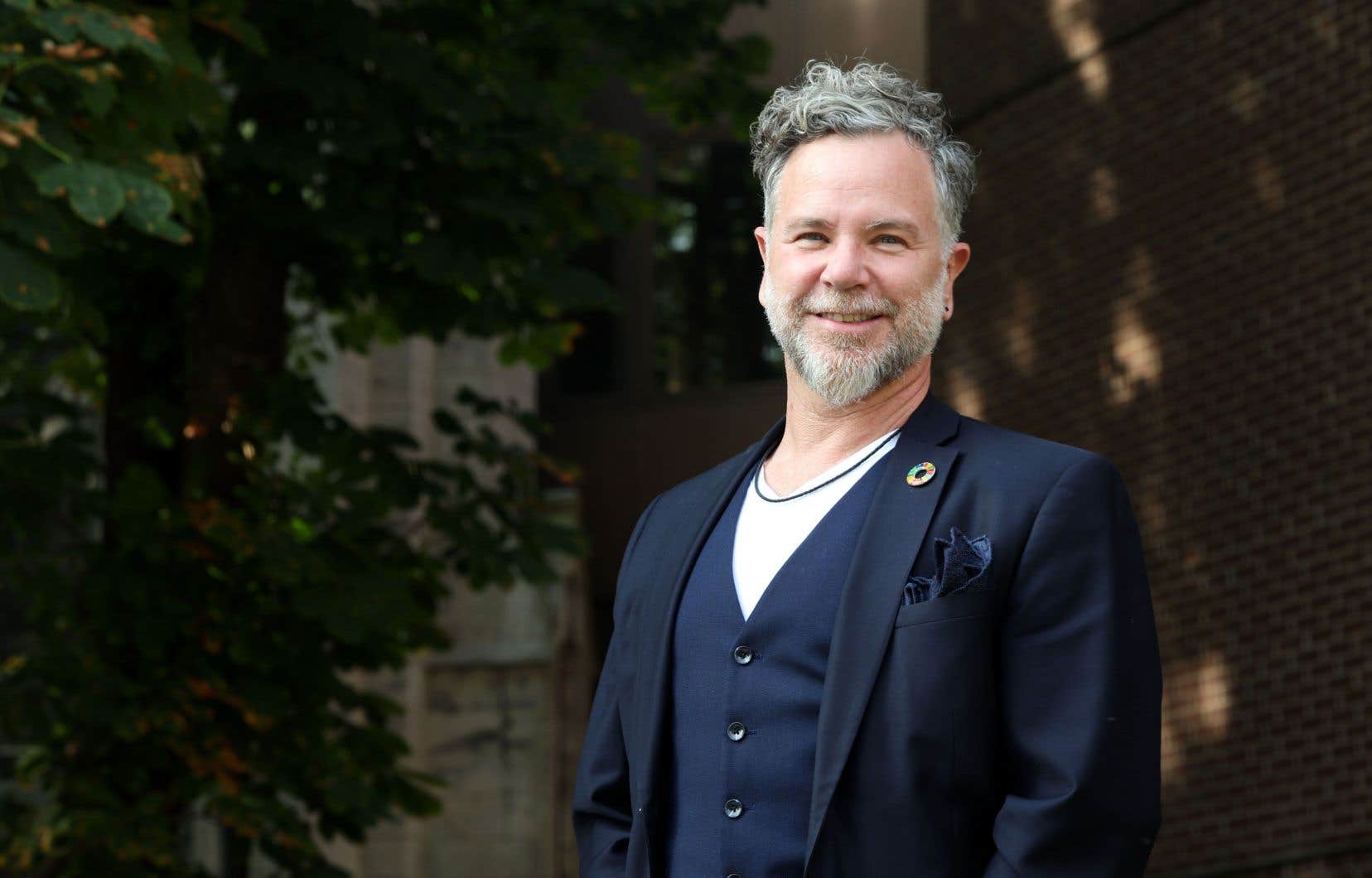The climate crisis is upon us. Floods, heat waves and fires are unmistakable signs. Unless we reverse the movement, humans will have to adapt. This observation may not be encouraging, but it still remains the driving force behind the transformation of cities. In Adapt. Tomorrow: resilient citieswhich has just been published, the columnist and former mayor of Rosemont–La Petite-Patrie, François William Croteau, signs a plea in favor of a green revolution, which is inspired by the one he implemented in his borough.
Mr. Croteau admits it straight away. He was never a politician who enjoyed shaking hands or participating in spaghetti dinners. “It was difficult for 12 years,” he said in an interview. The former elected official preferred to work in the office to develop plans to promote the ecological transition, the obsession that fueled his political commitment during his years at the town hall of Rosemont–La Petite-Patrie.
The essay that this doctor in urban studies signs opens with an educational section describing major concepts, such as collective intelligence, urban governance or innovation. Once the table is set with this somewhat forbidding passage, the reader can then dive into the application of these principles in the real world.
“My observation is an observation of failure in the face of the capacity to curb the climate crisis,” summarizes the author. But what remains to be done is to adapt. Cities have the capacity to review land use planning. So, adaptation will happen in cities. Adapting will mean questioning almost everything. »
When he arrived at the town hall of Rosemont–La Petite-Patrie in 2009, François William Croteau tackled two of the main problems facing cities: soil mineralization and urban heat islands. The new town planning regulations which came into force less than a year after its election imposed a minimum of 25% greening of the ground surface for any new construction or renovation project, imposed the planting of trees every 25 meters squares and banned asphalt and concrete for parking lots.
Citizen involvement
Mr. Croteau believes in the importance of citizen involvement in reforms. But he makes a clear distinction between citizen consultation, too often used, according to him, as a pretext on the part of elected officials to “have a good conscience” – and not carry out the desired projects -, and participatory democracy, which aims to involve citizens in project planning.
With this method, even opponents can make a constructive contribution, he believes.
“We are in an era of polarization, where it is black or white, which means that, when you do a consultation, there are consultation professionals who present reports that are already completely written,” he says, citing the example of the Camillien-Houde route. But when citizens can participate in the transformation of their living environment in a concrete way, it makes a big difference. »
We are in an era of polarization, where it is black or white, which means that when you do a consultation, there are consultation professionals who present reports that are already completely written. But when citizens can participate in the transformation of their living environment in a concrete way, it makes a big difference.
He mentions the example of the green streets, of which there were three in the district when he took office. The key, according to him, was to offer the tools to citizens so that they could plan and develop their living environment themselves rather than letting the borough do all the work, which did not promote citizen ownership. . He also recounts the conversation he had with the borough’s public works director when he suggested that citizens remove the asphalt and concrete in their alleys themselves. ” Are you crazy, toe, scream? » the official replied. Ultimately, the strategy paid off: the district now has 140 green alleys.
But the elected official wanted to go further by letting citizens take ownership of public spaces, including the squares of asphalt in front of their homes, which have now been transformed into 920 street gardens scattered across the four corners of the district.
The green revolution did not stop there. Facilities for children have been reviewed, new methods have been tested in the maintenance of parks in order to promote wasteland areas and microforests have been born.
Regrets and reflections
If François William Croteau has any regrets, it is in particular not having succeeded in pedestrianizing rue Masson. He also deplores not having been able to do more urban design developments like Place Shamrock or the projects carried out in Le Plateau-Mont-Royal, of which he is a little jealous. “When I arrived, we only had 11 kilometers of cycle paths in Rosemont–La Petite-Patrie. So, before creating beauty, we had to create a complete network,” he explains.
The author also opens a parenthesis on winter and the resources which, each year, are devoted to making the snow disappear as quickly as possible despite the enormous costs that this generates. Snow removal, he emphasizes, is one of the “most destructive operations of biodiversity in the city”, not to mention that the machinery destroys street furniture every winter.
According to him, it is time to review our relationship with winter. “We complain about snow removal all the time, as if we were bad, when we are the best in the world. We don’t want winter to exist. It seems to me that it would be time for us to live a little better with winter instead of trying to make it disappear. »
Mr. Croteau is careful not to criticize Valérie Plante on environmental issues. “I don’t want to play stage manager. But what she has to manage is much more complex than what I had to manage as district mayor. I would be in a bad position to lecture her and say whether she is doing enough or not. »
